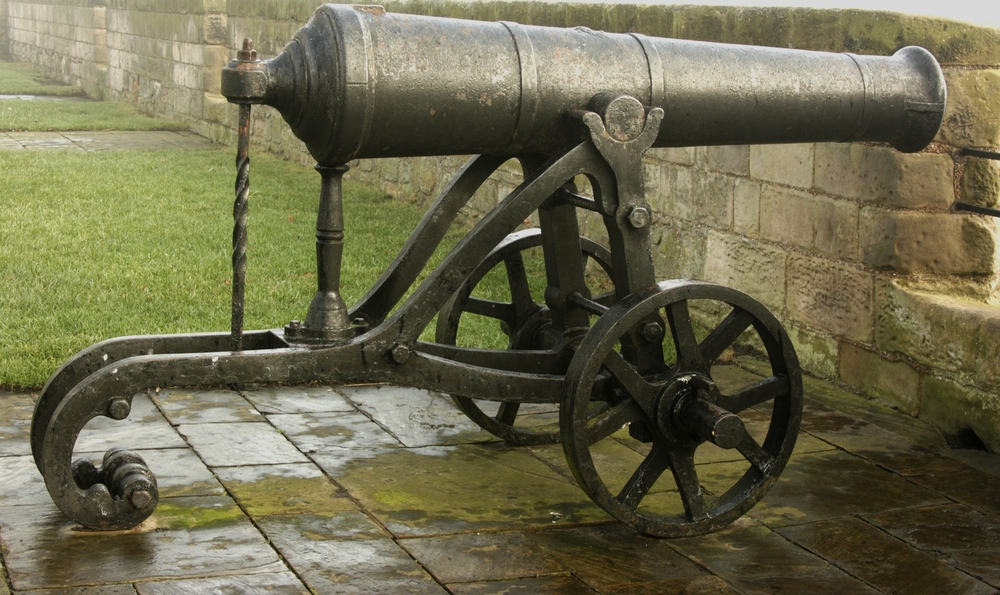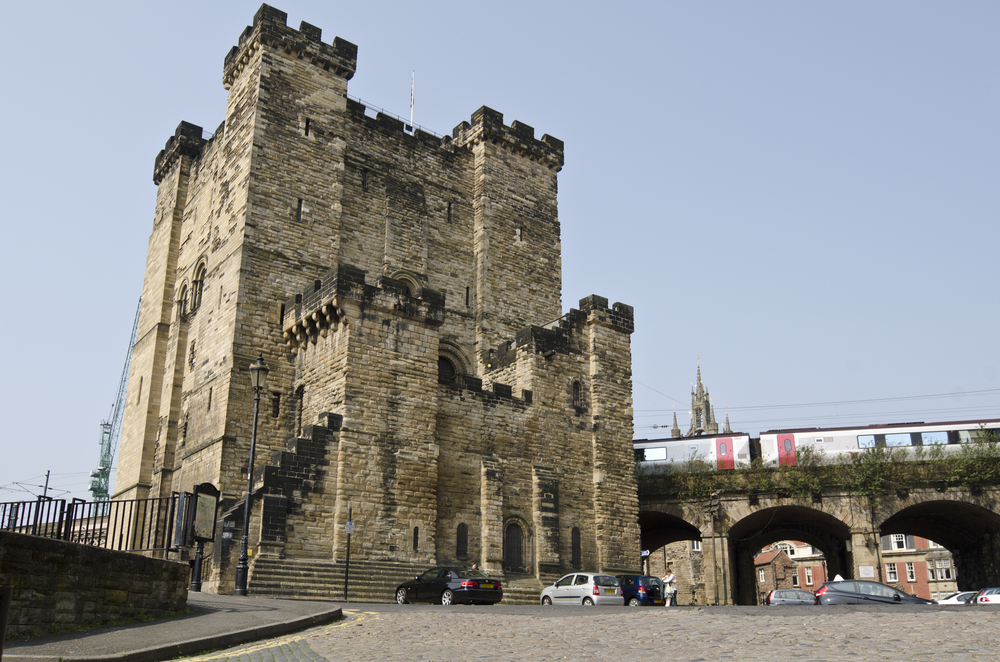2012 London Olympic Torch Route: Week 4 Sights

Berwick-Upon-Tweed Day 27

The torch's arrival in Berwick-Upon-Tweed marks its return to England, as the town is the northernmost one in the country.
The town's position meant that it changed hands between the Scots and the English numerous times in the Middle Ages. The Act of Union in 1707 brought the town permanently under English jurisdiction.
A reminder of the struggles over Berwick are the town walls built in the Elizabethan era in 1558, which were built to keep out the invading Scots and parts of which still stand. They are the only Elizabethan town walls still remaining in England.
There were actually two sets of walls only fragments of the first wall remain, while the ramparts of the second surround the town, extending for a mile and three quarters. Walking around the walls takes about 45 minutes.
Castle Keep, Newcastle upon Tyne Day 28

The torch will end its fourth week of its tour of the United Kingdom in Newcastle upon Tyne.
The city's castle gave it its name, and sits overlooking the River Tyne. The site was used as a fort even back to the Roman era, and part of the Roman fort, called Pon Aelius, have been excavated around the keep.
The new castle that gave the city its name was built by the son of William the Conqueror; it was founded in 1080, but nothing remains of the original structure. The castle was built in stone by Henry II in the 12th century, which gave it its Norman keep. The Black Gate was added during the reign of Henry III in the 13th century.
Get the world’s most fascinating discoveries delivered straight to your inbox.

Andrea Thompson is an associate editor at Scientific American, where she covers sustainability, energy and the environment. Prior to that, she was a senior writer covering climate science at Climate Central and a reporter and editor at Live Science, where she primarily covered Earth science and the environment. She holds a graduate degree in science health and environmental reporting from New York University, as well as a bachelor of science and and masters of science in atmospheric chemistry from the Georgia Institute of Technology.


